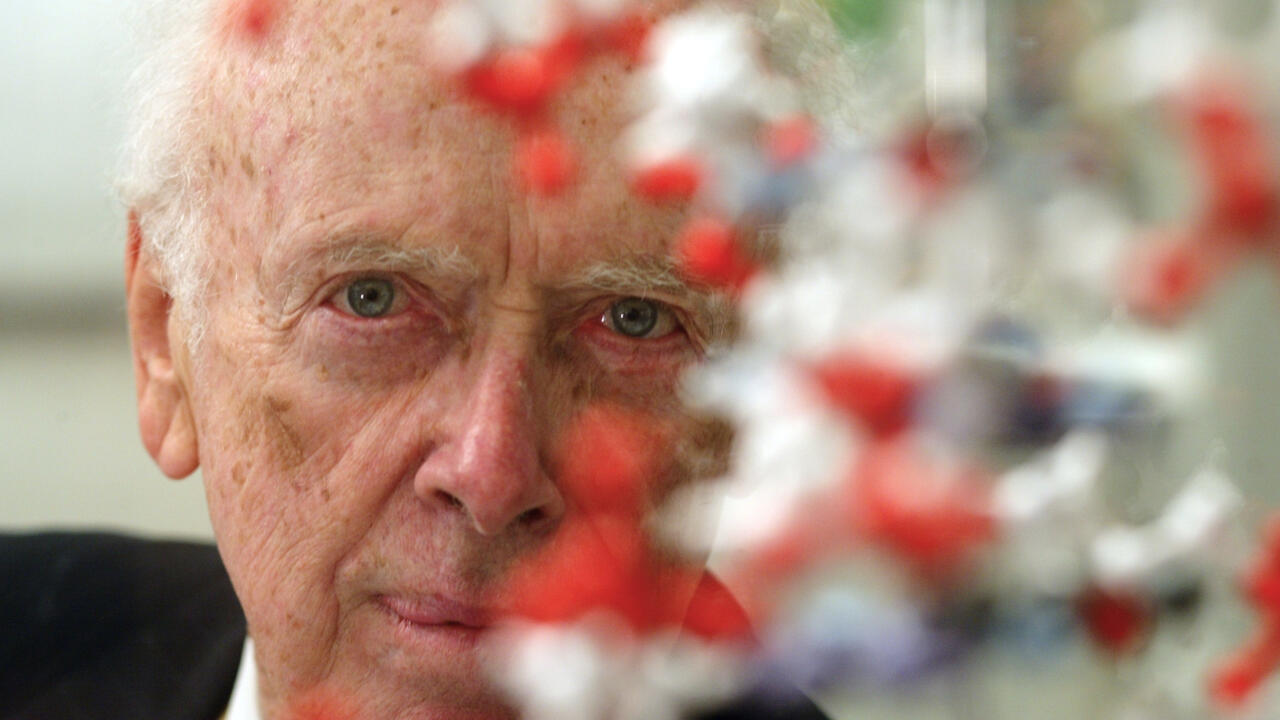A SECOND French museum was raided just hours after the world-famous £176 million heist at the Louvre.
Roughly 2,000 gold and silver coins – some dating back 235 years – have been stolen from the Maison des Lumières museum in Langres after a break-in that went undetected for two days.
Sign up for The Sun newsletter
Thank you!
Staff discovered the theft on Tuesday morning when they arrived at work to find a display case smashed.
Further investigations showed the burglary had actually taken place on Sunday – the same day as the headline-grabbing heist at the Louvre.
Local officials said the coins, valued at more than £100,000, were taken with “great expertise.”
The relics formed part of the city’s private collection and date as far back as 1790.
The trove was first uncovered in 2011 during renovation work at the museum, which is dedicated to the French philosopher Denis Diderot.
Experts warn the coins will likely be melted down and sold for their precious metal content.
The theft is the latest blow to France’s cultural heritage after a string of audacious crimes.
In a spectacular daylight raid on the Louvre, raiders slipped into the Apollo Gallery and made off with what officials describe as the nation’s “crown jewels.”
These historic pieces and jewels have an estimated value in the hundreds of millions.
The entire robbery unfolded within minutes.
Surveillance footage shows two masked men operating from the basket of a cherry picker mechanical lift shortly after 9:30 on Sunday morning – one dressed in a high-visibility jacket, the other in full motorcycle gear.
Investigators now say the raiders left behind at least 150 trace samples, including fingerprints and DNA, on a stolen flatbed truck, and on a crash helmet and glove that were abandoned at the scene.
There were even attempts to set the vehicle on fire, but the attempt failed and the thieves escaped on two motorbikes.
Paris’s prosecutor, Laure Beccuau, said forensic work on the samples is a priority and expressed guarded optimism that the culprits can be identified.
Video surveillance outside the museum, she added, made it possible to follow the route the criminals used to flee Paris and neighbouring departments.
There is now a race against time to recover the jewels before any stones are removed or metals melted.
Investigators are hoping that the intense media coverage will make it harder for perpetrators to move or disguise the items.
The Louvre inquiry has been opened as an investigation into theft and criminal conspiracy by what prosecutors call a “highly organised criminal gang.”
The Banditism Repression Brigade of the Judicial Police, together with the Central Office for Combating Trafficking in Cultural Property, is leading the probe.
Those caught and convicted could face up to 15 years in prison.
The Louvre welcomed nearly 9 million visitors in 2024, around 80 percent from overseas, underscoring how brazen the theft was in one of the world’s most visited museums.
Specialists warn that thieves who target historic pieces often work for dealers who cannot openly sell such items on the black market.
Instead, items are kept hidden for private enjoyment or broken up and sold separately, concealing their historic origins.
Other recent incidents underline the growing problem.
In September, burglars targeted the Natural History Museum in Paris and stole six gold nuggets valued at roughly $1.7 million.
A Chinese woman was later arrested in Barcelona accused of trying to dispose of melted gold linked to that case.
That same month, two Chinese nationals were implicated in the theft of porcelain dishes and a vase worth a combined $7.6 million from the National Porcelain Museum in Limoges.
Renowned art detective Arthur Brand told the BBC he fears the spate of high-profile thefts could inspire copycats.
For the people of Langres and curators across France, the loss of irreplaceable items such as the Maison des Lumières coins is both a cultural and symbolic wound
A reminder that historic treasures can be easy prey when security fails or criminal gangs act with ruthless efficiency.
List of looted treasures
THESE are the eight “priceless” pieces of jewellery stolen in the smash-and-grab raid on the Louvre museum in Paris
- Tiara from the set of Queen Marie-Amelie and Queen Hortense
- Necklace from the sapphire set of Queen Marie-Amelie and Queen Hortense
- Earring, from the pair belonging to the sapphire set of Queen Marie-Amelie and Queen Hortense
- Emerald necklace from the Empress Marie Louise set
- Pair of emerald earrings from the Empress Marie Louise set
- Brooch known as the “reliquary brooch”
- Tiara of Empress Eugenie
- Large corsage bow brooch of Empress Eugenie
- Another item – the crown of Napoleon III’s wife, Empress Eugenie – was reportedly recovered from outside the window but broken.











 English (US) ·
English (US) ·